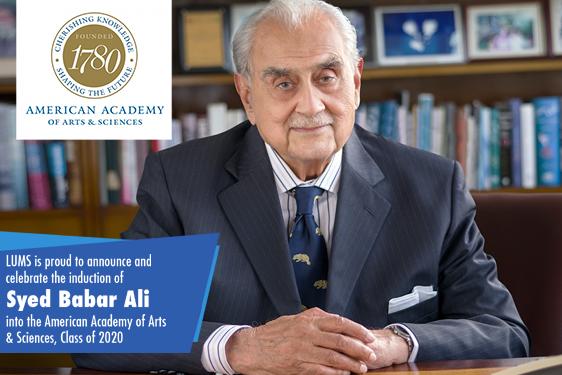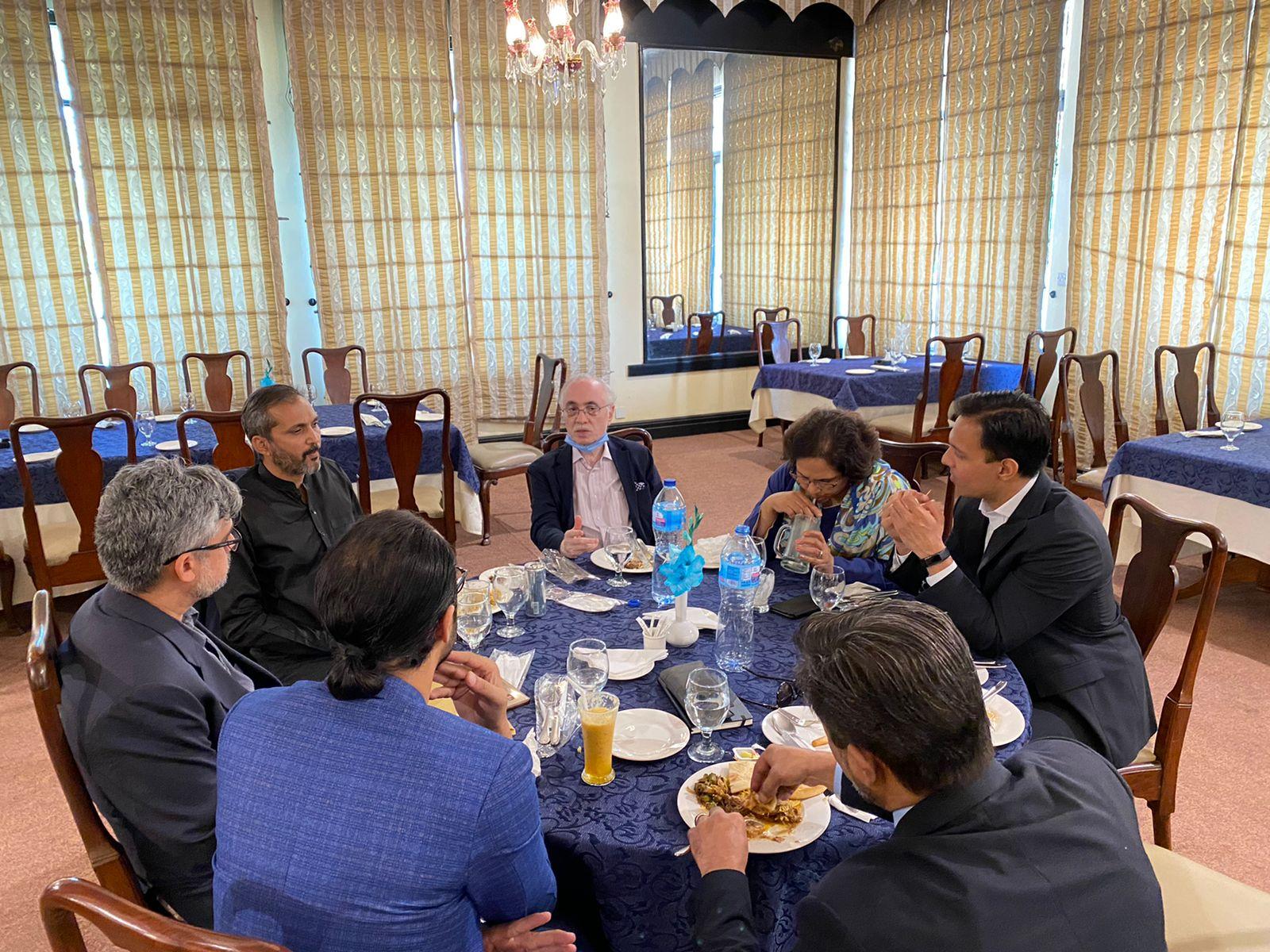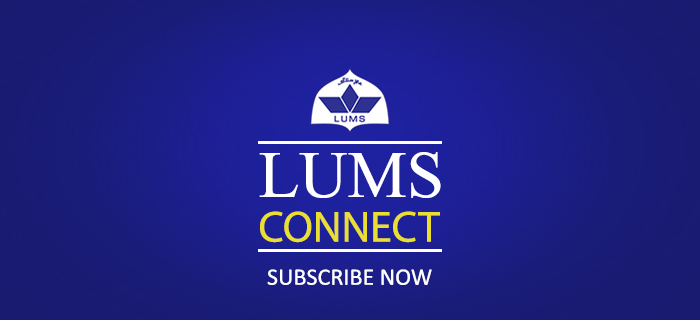
On the 14th of June, 2021, a talk on the “Economics of Poverty: A Comparative Perspective” was held by the Centre for Chinese Legal Studies (CCLS) as part of a lecture series for the CCLS’s interns. Professor Khalid Mir, Associate Professor at the Mushtaq Ahmad Gurmani School of Humanities and Social Sciences, LUMS, set forth his own views as well as other scholarly work on poverty and the various approaches with which it can be addressed.
Professor Mir started off the discourse by asking questions e.g., “Why are some countries poor while others are not?”; “why are some regions of a country poor while others aren’t; “why do some countries become less poor over time e.g., China?” Followed up by another set of questions asking “How to measure poverty?” and “What are the economic and social policies which can alleviate poverty?”. Before answering the why questions, Professor Mir stated we need to understand what poverty actually is. He quoted the World Bank’s ‘absolute’ definition in terms of a lack of income, setting the poverty line at less than $1.90 per day.
The discussion, however, took an interesting turn when Professor Mir asked the audience what they think of someone who is poor. He stated that when you think of someone poor, income is not the first thing that comes to mind. Instead, you might describe a poor person’s life as having a poor nutritional status, low paid work, low level of education, etc. The question then arises that are these then the dimensions of being poor or are they a result of being poor? According to Professor Mir, it is actually a vicious cycle. We cannot surely say what is the cause and what is the effect? There is no simplicity in defining poverty as it comes with a multidimensional aspect. Professor Mir informed the audience of the intergenerational aspect of poverty i.e., generations being trapped in poverty over time, as well as the interrelation aspect of poverty i.e., being poor in many different dimensions for example, an unskilled labour having a low nutritional status as well, both being related to each other. The reason, Professor Mir, why we are discussing this is to say that constructing a poverty line, as the World Bank has, does not cover all aspects of poverty.
The success stories of China and India lifting people out of poverty were brought forward, which show us a decreased poverty rate in both countries. However, Professor Mir argued how we view this ‘reduction’ in the poverty rate is also debatable. Just looking at the income will give us an unreasonable calculation as it does not show his/her life but just a mere snapshot of it. Referring to problems with data accumulation, the example of a household could be looked at in this context. A household on average may have more than 2 dollars/person, however, intra household poverty issues will not be reflected clearly if we do not focus on various other aspects, e.g., economic or cultural aspects of how this income is distributed in that household. Income expenditure was also discussed, raising the question of how the income is spent and how people can be focused on short term survival versus the long term.
Poverty’s disabling component was discussed as to how it holds people back from achieving things, and the shocks of unforeseen events e.g., illnesses, droughts etc. or seasonal fluctuations were brought up as well, which lead to permanent or long-term poverty. Unfair treatment such as ethnic discrimination or gender discrimination are other limitations which hold back from reaching the full potential with the income you have. All of this, according to Professor Mir, is to say that just the ‘market’ cannot give us a complete picture on poverty. Professor Mir questioned what living a ‘decent life’ means. Does it just mean meeting the basic needs e.g., shelter, food, clothes with the income you have? Or it is also inclusive of other things, meaning it could be different for different people?
The capital owned by an individual, according to Professor Mir, is another piece of information which helps in differentiating the poor from the rich. How are different forms of assets e.g., physical/infrastructural assets, natural assets, financial assets, social assets etc connected to each other? Could poor people face a ‘cluster’ disadvantage, i.e., could a lower level of one asset then mean you miss out on another as well? What are the returns or yield to different forms of assets? Most importantly, how do these potential assets convert to real/functioning assets? To the last question, Professor Mir answered that it can be achieved through structure, that is, through social formations, economic institutions, legal institutions, etc. Absence of this structure can devoid an individual of reaching the full potential of his/her assets. An example of this could be having the mental capacity to educate yourself but not having any educational institutions in your locality, or being left out of an opportunity due to discrimination.
Professor Khalid referred to Amartya Sen’s capability approach, the key insight out of which was to not look at income but to look at the ‘functioning’ of an individual. What a person can be, do or achieve. Concluding his remarks, he reiterated that moving beyond the market and income, we must look at the functioning of an individual, a pluralistic lens through which we should view poverty.
Prof Sikander Shah and Prof Uzair Kayani, of the Shaikh Ahmad Hassan School of Law, LUMS, also shared their The interns of CCLS had multiple questions from Professor Mir. views on the topic. Professor Shah discussed poverty under the legal framework, highlighting how that too only give us a limited outlook. The right not to be poor is mostly classified under the right of development and socio-economic rights. Lastly, an interesting connection between poverty and an effective government as well as poverty and growth, and the concept of evolution were also touched upon.
The abstract notion of a ‘decent life’ was inquired about, to which Professor Mir replied that Sen was himself reluctant to draw up a list of things which lead to a decent life. According to Professor Mir, it is really more having an active discussion by the common man on what these things are, e.g., health, education, friendship, etc. Measuring poverty in light of this discussion and not merely through a poverty line would be the reasonable course of action.








